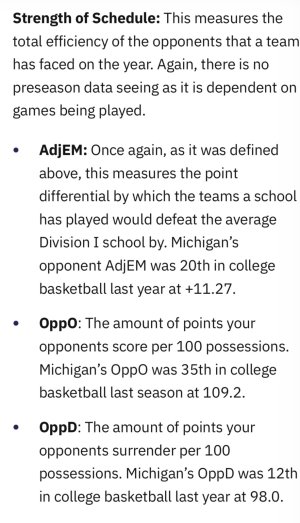This debate always fascinates me. A lot of people don't think it SHOULD matter whether you play a team that is ranked 200 as opposed to 320, but whether people like it it or not, it DOES matter significantly in the metrics, and the metrics, in turn, play a significant role in the selection and seeding process. Since everyone in the sport has known this for over a decade, it makes it all the more inexcusable to schedule the way we do. If we played Miss State's schedule, we would still be very likely to win all our buy games, but we could get a lot more credit in the metrics for doing so. Yet we consistently choose the other (worse) route.

